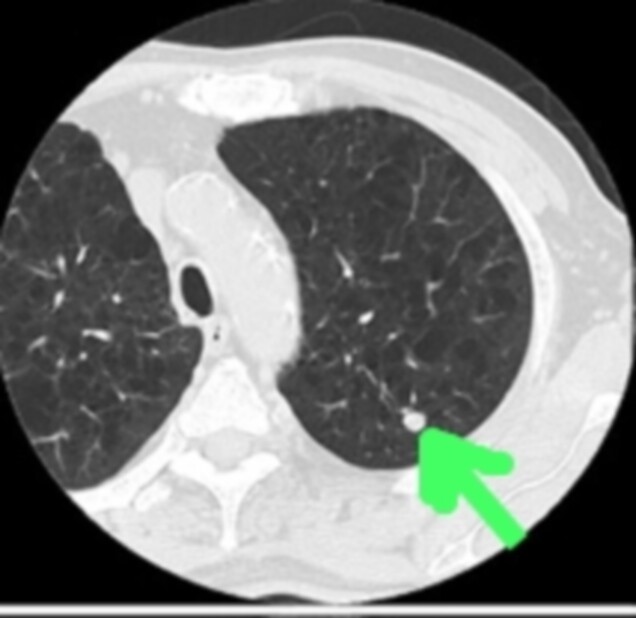News & Trending Topics
Lung cancer screening programs that utilize standardized reporting and include cardiothoracic surgeons as part of a multidisciplinary team can successfully be adopted into clinical practice without an increase in surgical intervention for non-cancerous disease, according to an article in the October 2015 issue of The Annals of Thoracic Surgery.
Studies have shown that lung cancer screening with low-dose computed tomography (LDCT) can reduce lung cancer mortality in high-risk patients by 20%. As a result, private insurers and the Centers for Medicare & Medicaid Services agreed to cover LDCT lung cancer screening for select patients, but critics raised concerns that false-positive results could lead to unnecessary treatment.
Bryan L. Walker, BS and Christina Williamson, MD led a research team from Lahey Hospital & Medical Center in Burlington, Mass., that reviewed surgical outcomes in 1,654 patients who underwent LDCT lung cancer screening. The screenings were performed January 2012–June 2014 at the research team’s clinic.
“Surgical intervention for a non-lung cancer diagnosis was rare—five out of 1,654 patients or 0.30%,” said Walker. “That incidence is comparable to the 0.62% rate found in the National Lung Screening Trial that helped secure screening coverage in the US.” Only four of the 1,654 patients (0.24%) had surgical intervention for benign disease.
To help characterize the results of patient screenings, the researchers developed a standardized reporting system, called the Lung Imaging Reporting and Data System (LungRADS). If the LungRADS system defined a patient’s LDCT screening results as highly suspicious, a multidisciplinary team that included board-certified cardiothoracic surgeons made recommendations about whether the patient should have continued follow-up with LDCT, additional diagnostic testing, or surgical intervention.
Of the 1,654 patients screened, 25 (1.5%) underwent surgery. Twenty patients were diagnosed with lung cancer; 18 (90%) had early stage disease with a high probability of being cured.
The American Cancer Society estimates that more than 221,000 new lung cancer cases will be diagnosed in 2015 in the US, and more than 158,000 people will die from the disease—more than from any other cancer.
“Lung cancer screening saves lives, and our study serves as a model for how to set up a screening program that is safe and effective for patients,” said Dr. Williamson. “A screening program should use a standardized reporting system and have input from board-certified cardiothoracic surgeons as part of a multidisciplinary team evaluating CT scan findings. It is only by minimizing the number of operations for benign disease and maintaining a low morbidity and mortality for surgical resection that the full benefit of lung cancer screening can be realized in its widespread adoption in clinical practice.”

